Jewellery Through Time
The true measure of greatness for a piece of vintage jewellery is that it has remained unaltered throughout its lifetime, allowing it to embody the history within. At Pragnell, we are dedicated to our ongoing pursuit of discovering exceptional designs that authentically represent the artistry, materials, and craftsmanship of their respective periods.
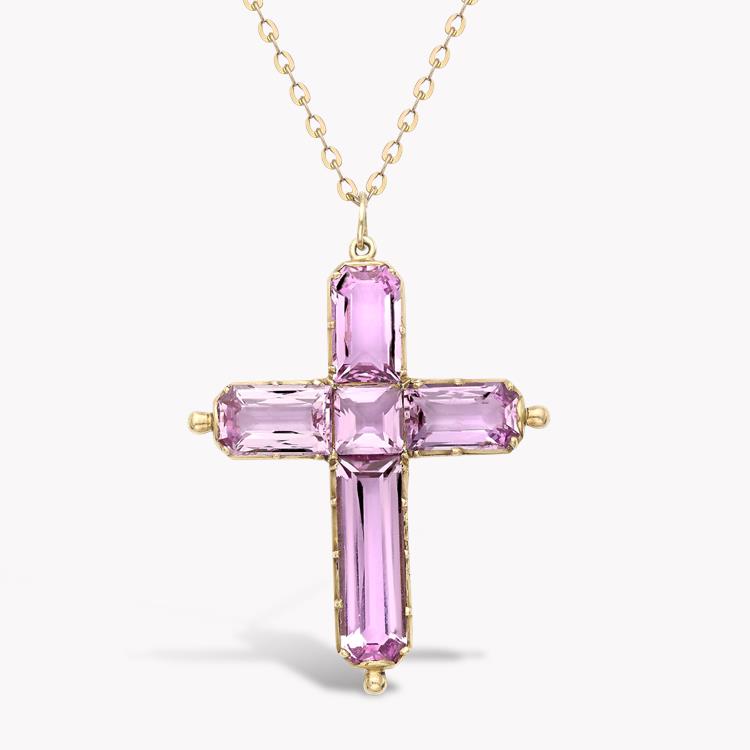
Georgian Period (1700-1836)
The Georgian era marked the rise of jewellery among the wealthy, driven by new manufacturing processes and increased availability of gems through global exploration. Most Georgian jewellery is handmade, and only the finest pieces have survived, partly due to German citizens trading gold jewellery for cast iron replicas to support the war effort, as well as much of the jewellery being designed to be interchangeable, with many pieces having been re-set to keep up with changing tastes.
Diamonds were expensive during this period, so pieces were often designed to suit the available stones, often using 'rose' and 'table' cuts instead of being specifically cut for individual pieces. Nature-themed designs were popular, with chokers and rivière necklaces being particularly fashionable. A favourite motif of the period included a larger stone, often a pear-shaped diamond, surrounded by a cluster of smaller stones.
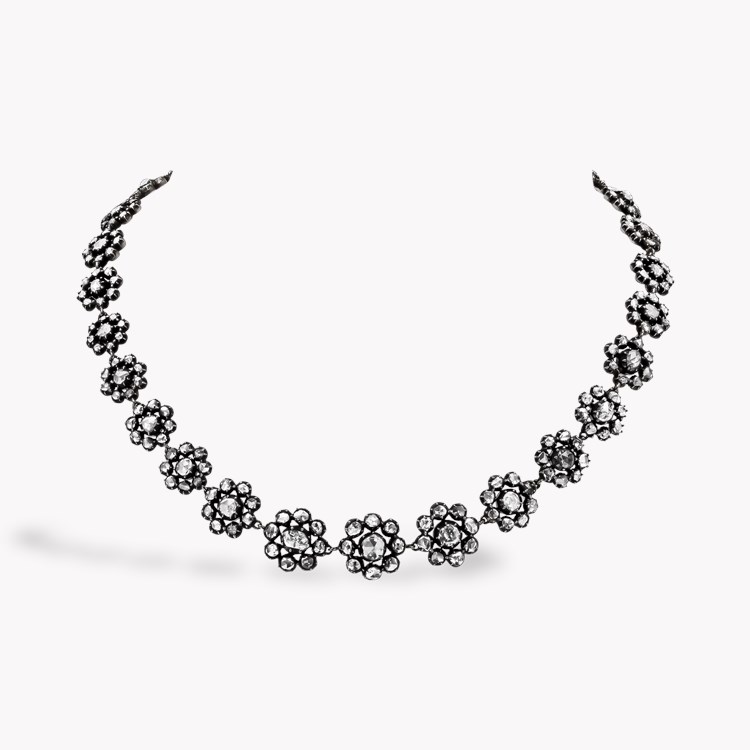
Victorian Period (1837-1890)
Victorian jewellery represents the exploratory height of the Great British Empire when gemstones remained relatively unseen by the public. In this era, the British experienced a collective discovery around the incredible potential beauty of gems through jewellery.
Victorian jewellery can be split into three periods - early Victorian or the 'Romantic' period, mid-Victorian or the 'Grande' period, and the late Victorian or 'Aesthetic' period. Transitions were not usually clear or abrupt - several styles co-existed simultaneously as tastes slowly changed. In Europe, the ruling families often set the tone and styles; this was undoubtedly true of Queen Victoria, who came to the throne in 1837 at 18 years of age. The Queen loved jewellery, and her influence on design contributed greatly to the many styles that developed throughout her reign.
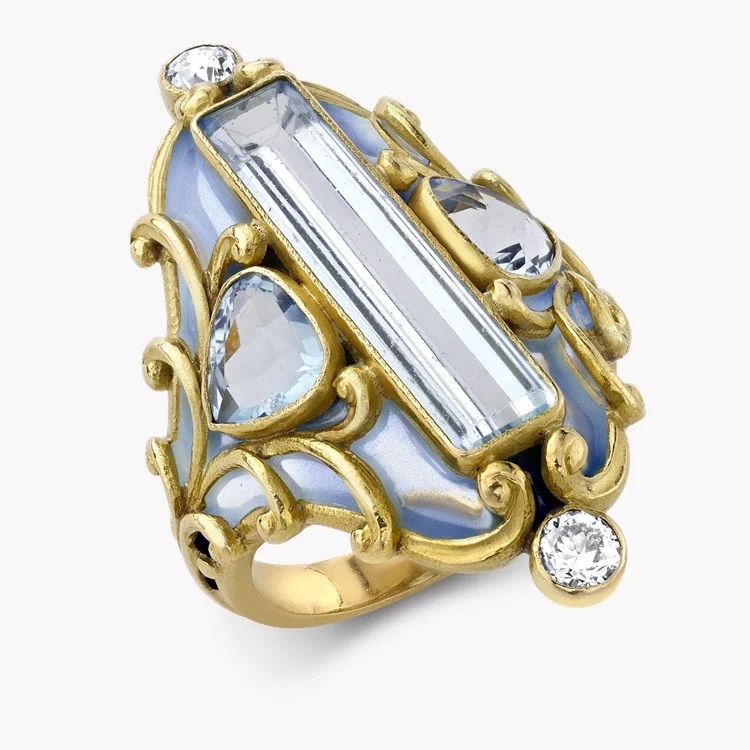
Art Nouveau (1890-1915)
The Art Nouveau movement in jewellery emerged around 1890, although the opening of trade routes decades earlier laid the groundwork for this innovative design style. The movement ended around 1930, coinciding with the onset of the Second World War.
A principal theme of Art Nouveau jewellery is its free-flowing lines, which vary based on regional influences. In the UK, nature was a significant source of inspiration, with common motifs including dragonflies and butterflies. The plique-à-jour technique was particularly well-suited to these themes, capturing these creatures' wings' vibrant colours and liveliness. There was also a darker aspect to the movement, as mythological creatures frequently appeared in the jewellery of this period.
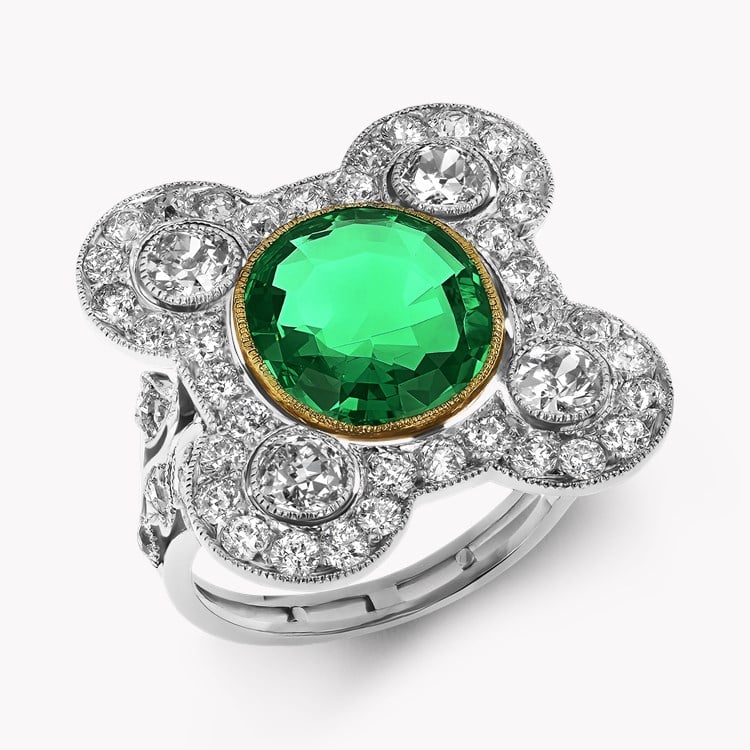
Edwardian Period (1901-1910)
Edwardian jewellery is characterised by its femininity and the transition to platinum, which enabled intricate designs that were both beautiful and durable. This era, also known as the Belle Époque, was marked by an elegant high society where fine jewellery was essential. While it is closely associated with British royalty, French haute couture also had a significant influence on the designs.
The primary materials used in Edwardian jewellery include platinum, diamonds, and pearls. These gems were prized for their elegance, and the lightweight nature of platinum allowed for innovative settings that required less metal. This white-on-white combination was regarded as the pinnacle of sophistication.
Notably, the period is recognised for its extensive use of filigree techniques, where fine threads of precious metals created a lacy appearance that perfectly complemented the fashionable attire of the time, which included silk, lace, and feathers.
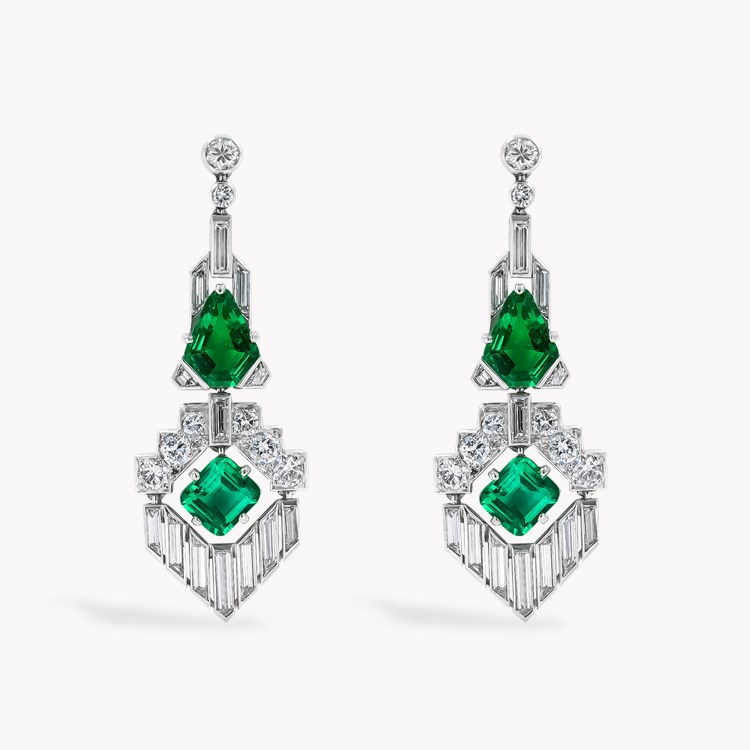
Art Deco (1911-1940)
Art Deco was a significant period for jewellery, reflecting gender equality and women's empowerment during the fight for suffrage. This international decorative arts movement, named after the 1925 exhibition in Paris, featured bold lines, geometric shapes, and vibrant colours influenced by Cubism. Popular stone cuts included emerald, Asscher, and baguette, with diamonds, rubies, sapphires, and emeralds highly favoured due to the booming economy that allowed for the use of high-quality materials.
As women's fashion evolved to more streamlined silhouettes, jewellery also adapted. With shorter hairstyles becoming fashionable, hair ornamentation like tiaras, clips, and longer earrings rose in demand. Today, Art Deco jewellery remains highly sought after because it meets the needs of the modern woman; it is both unique and elegant, and it is also in limited supply, naturally making it even more desirable.
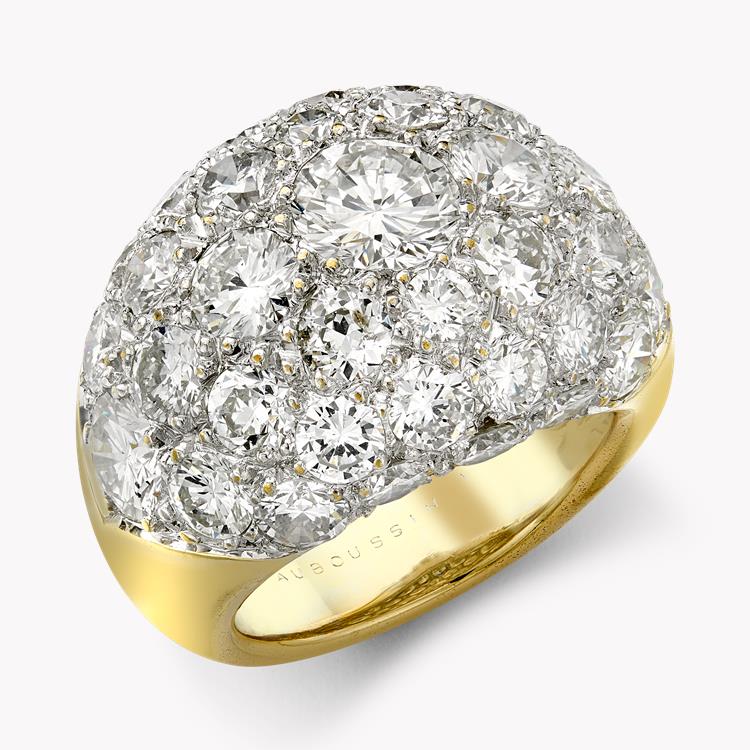
Retro (1941-1960)
Retro jewellery, sometimes called "Cocktail Jewellery," is known for its bold, colourful designs inspired by Hollywood. Originating in France with designs by Van Cleef & Arpels that were exhibited at the 1939 New York World's Fair and greatly influenced American Jewellery designers during World War II.
This style features oversized pieces, such as large emerald cuts, and includes clips, brooches, and rings often adorned with flowy ribbons, bows, flowers, and animals. With gems sourced from Brazilian deposits—like citrine and aquamarine—and gold as the primary metal (due to platinum shortages), Retro jewellery became highly collectable.
Before 1970, jewellery from the 1940s and 50s was often sold for scrap value and melted down. Today, surviving examples, including pins, clips, and bracelets, are highly coveted, having significantly appreciated in value and continue to be so.
In the modern day, jewellery aspects of each era can be found, bringing together traditional crafts that have proven to showcase the brilliance of any gemstone, with designs that will transcend decades, all whilst constantly improving in intricacy and detail as technology advances.
Antique CLP Page
Contact us